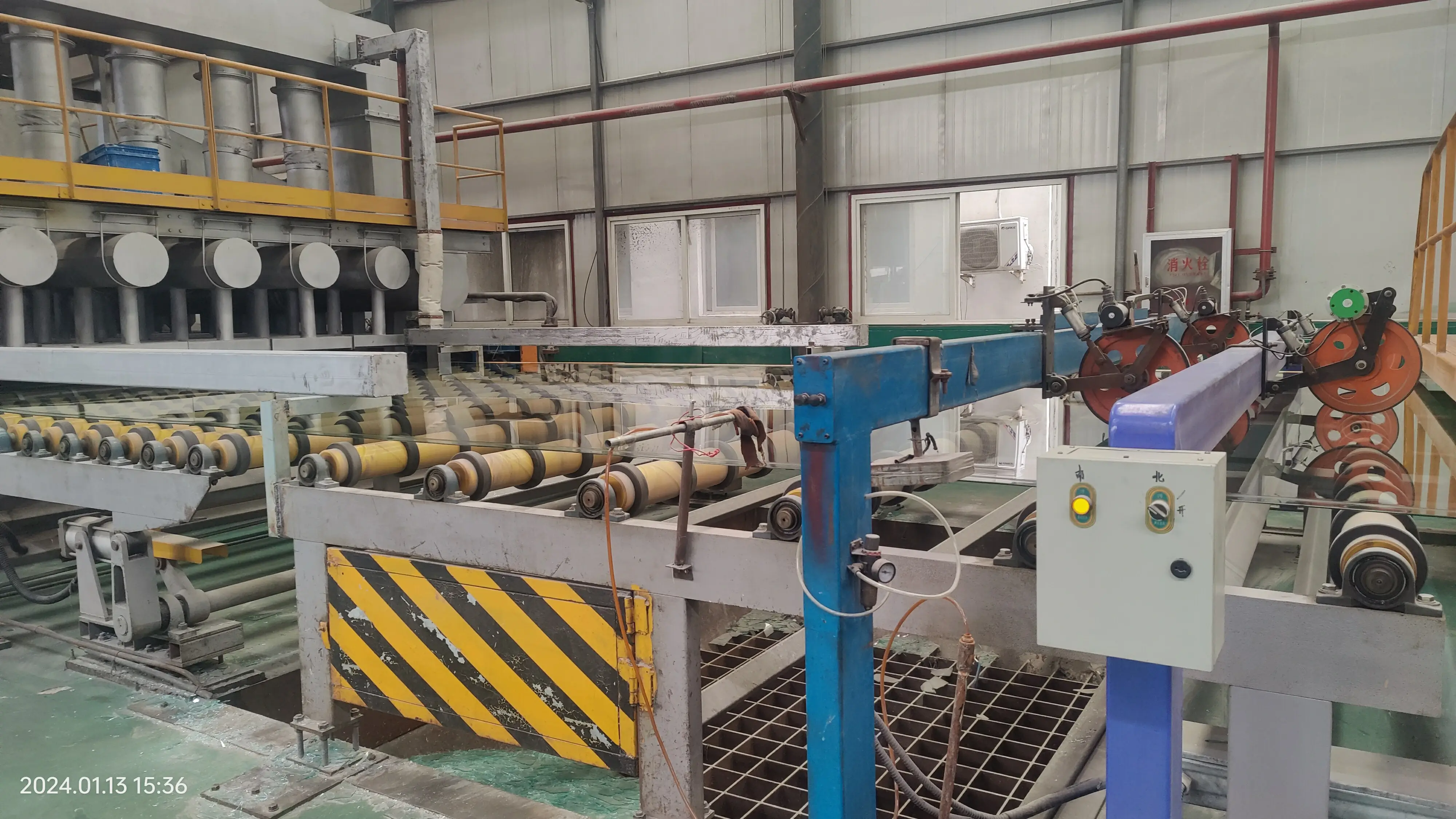

The Allure of Dark Reflective Glass A Modern Architectural Marvel
In recent years, dark reflective glass has emerged as a popular choice in modern architecture, captivating architects and designers alike with its unique aesthetic and functional properties. This sleek material not only embodies a striking visual appeal but also offers practical benefits that enhance the experience of spaces in both residential and commercial settings.
One of the core characteristics of dark reflective glass is its stunning appearance. With its glossy, mirrored surface, it establishes a captivating dialogue between the outdoors and the structure itself. The dark tint creates an interplay of light and shadow that invites curiosity, often transforming the perception of buildings throughout the day as they reflect changing skies and surroundings. During the daytime, dark reflective glass reflects sunlight, creating a mesmerizing spectacle that glimmers and shifts with the angle of the sun, seamlessly integrating the building into its environment while also standing out as a piece of art.
Beyond its aesthetic qualities, dark reflective glass serves practical purposes that appeal to architects and builders. One significant advantage is its ability to minimize heat gain. During hot summer months, structures clad in dark reflective glass can maintain cooler interior temperatures, leading to lower energy consumption and increased comfort for occupants. This temperature regulation is achieved due to the glass’s capacity to reflect sunlight, diverting heat before it can penetrate the building. As sustainability becomes a priority in modern construction, the energy-efficient properties of dark reflective glass align perfectly with green building standards.
Moreover, dark reflective glass offers an enhanced level of privacy without compromising natural light. Its reflective quality allows people inside to enjoy unobstructed views of the outside world while keeping prying eyes at bay. This characteristic is particularly desired in urban settings where space is limited, and the need for privacy is paramount. Dark reflective glass thus balances the dual desires for openness and seclusion, creating environments that feel safe and inviting.

Another important aspect of dark reflective glass is its ability to reduce glare. In spaces that are subjected to direct sunlight, glare can be a significant issue, distracting occupants and reducing productivity. The reflective nature of this glass diminishes harsh light, creating a more comfortable atmosphere. This is particularly beneficial in office buildings and commercial spaces where focus and clarity are essential for efficient work processes. As such, using dark reflective glass can enhance not only aesthetic appeal but also the functionality of workspaces.
The versatility of dark reflective glass is evident in its wide array of applications. From skyscrapers and office buildings to residential homes and storefronts, this material can be adapted to various designs and styles, making it a favorite among contemporary architects. Beyond structural facades, it is frequently utilized in windows, railings, and even interior design elements, showcasing its adaptability and modern elegance.
However, it is important to note that the use of dark reflective glass is not without its challenges. In certain environments, its reflective properties may pose hazards to birds, leading to calls for more bird-friendly designs. Additionally, the installation of this type of glass requires careful consideration of factors such as climate and location to maximize its benefits and minimize potential drawbacks.
In conclusion, dark reflective glass represents a modern architectural marvel, merging aesthetics with functionality. Its striking appearance, energy-efficient properties, privacy advantages, and glare reduction capabilities make it a favorable choice in contemporary design. As architects and designers continue to explore innovative ways to use this material, dark reflective glass will undoubtedly remain a key element in the evolution of modern architecture, enhancing both the beauty and functionality of the built environment.